50 amazing facts about Antarctica
Antarctica is the coldest, windiest, driest continent on the planet, and researchers are still discovering many of its secrets. Find out some of the most interesting facts about the southernmost continent.
Introduction
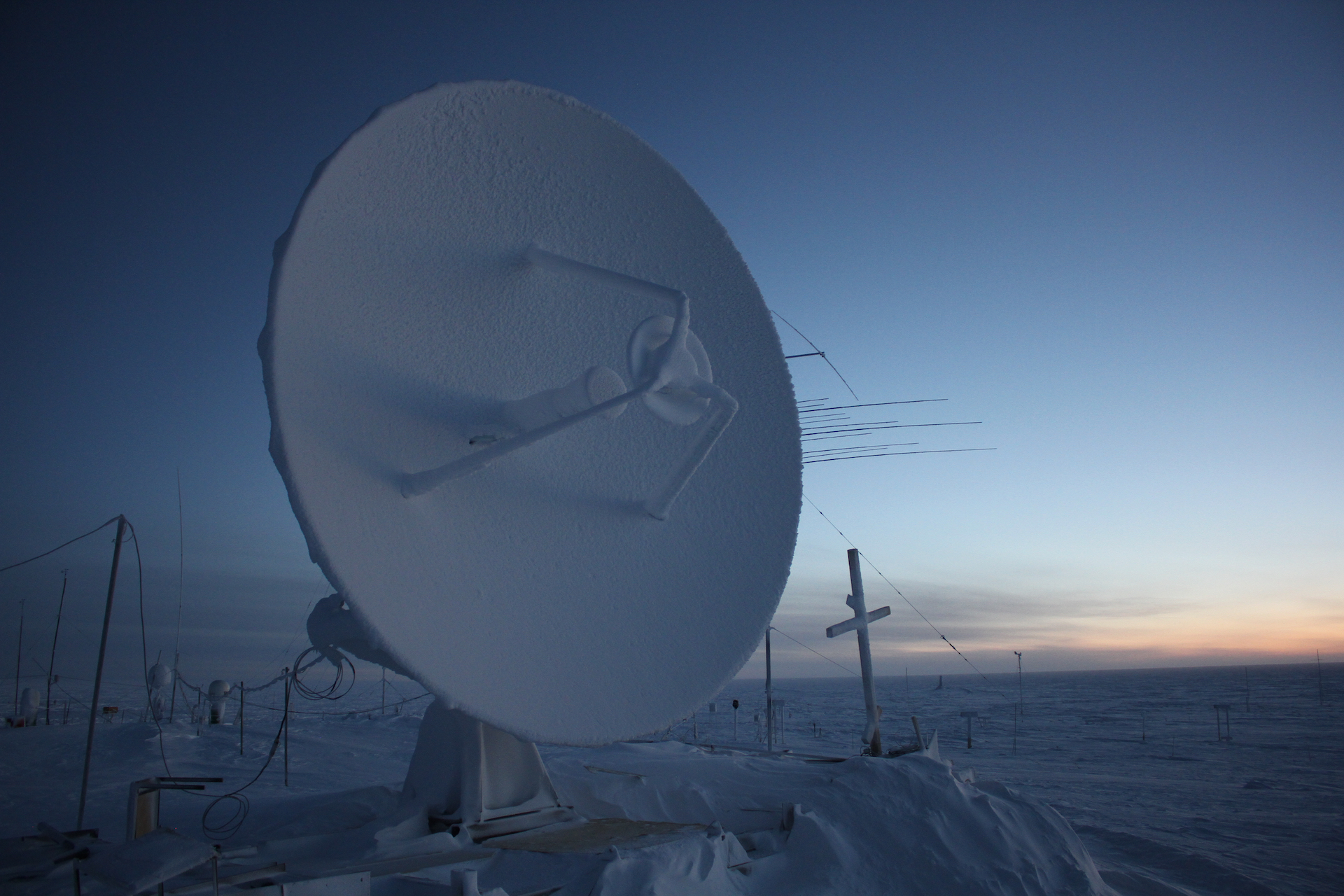
The coldest temperature ever recorded on Earth was minus 128.56 degrees Fahrenheit (minus 89.2 degrees Celsius), registered on July 21, 1983, at Antarctica's Vostok station.
It's seriously dry
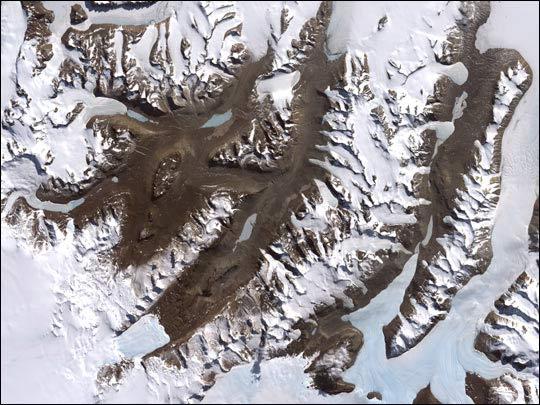
The Dry Valleys of Antarctica are the driest place on Earth, with low humidity and almost no snow or ice cover.
There's a lot of wind
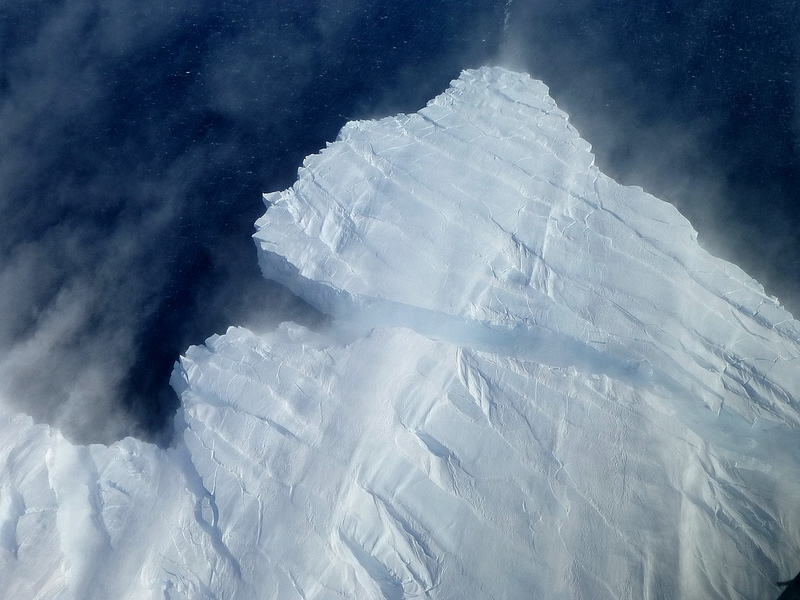
On average, Antarctica is the windiest continent. Winds in some places of the continent can reach 200 mph (320 km/h).
It's a big place
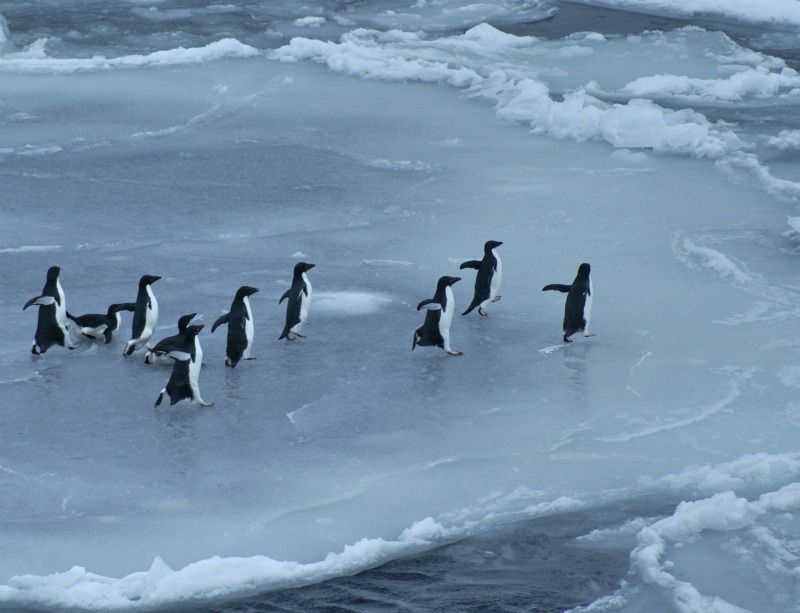
Antarctica is the fifth largest continent.
There's lots of ice
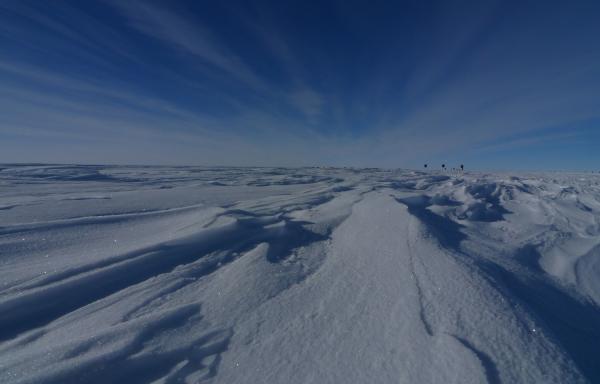
The Antarctic Ice Sheet is the largest single mass of ice on Earth.
Antarctica is an icy land
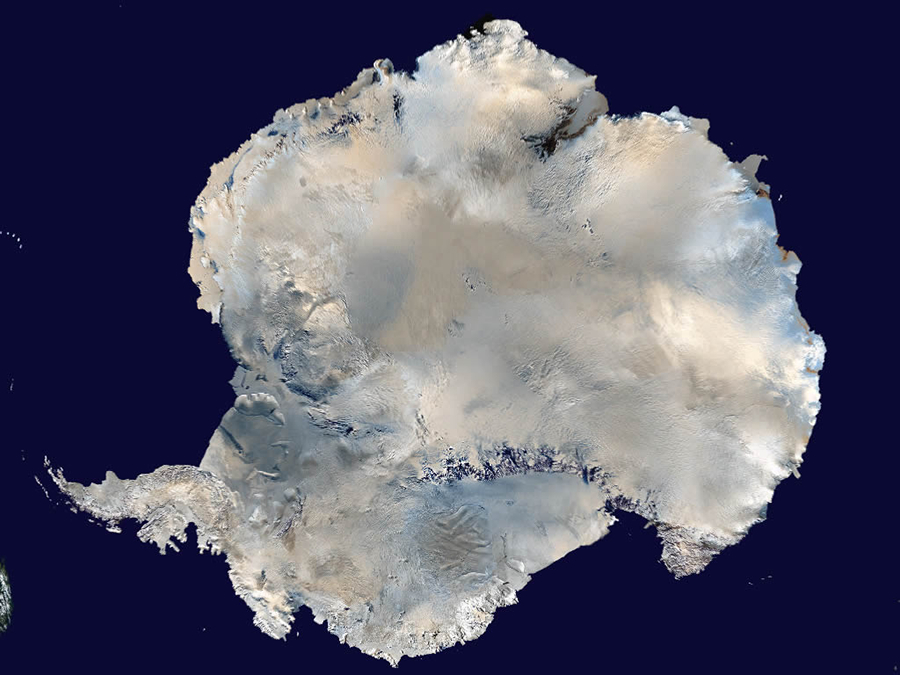
Roughly 98% percent of Antarctica is covered by ice.
It stores a lot of fresh water
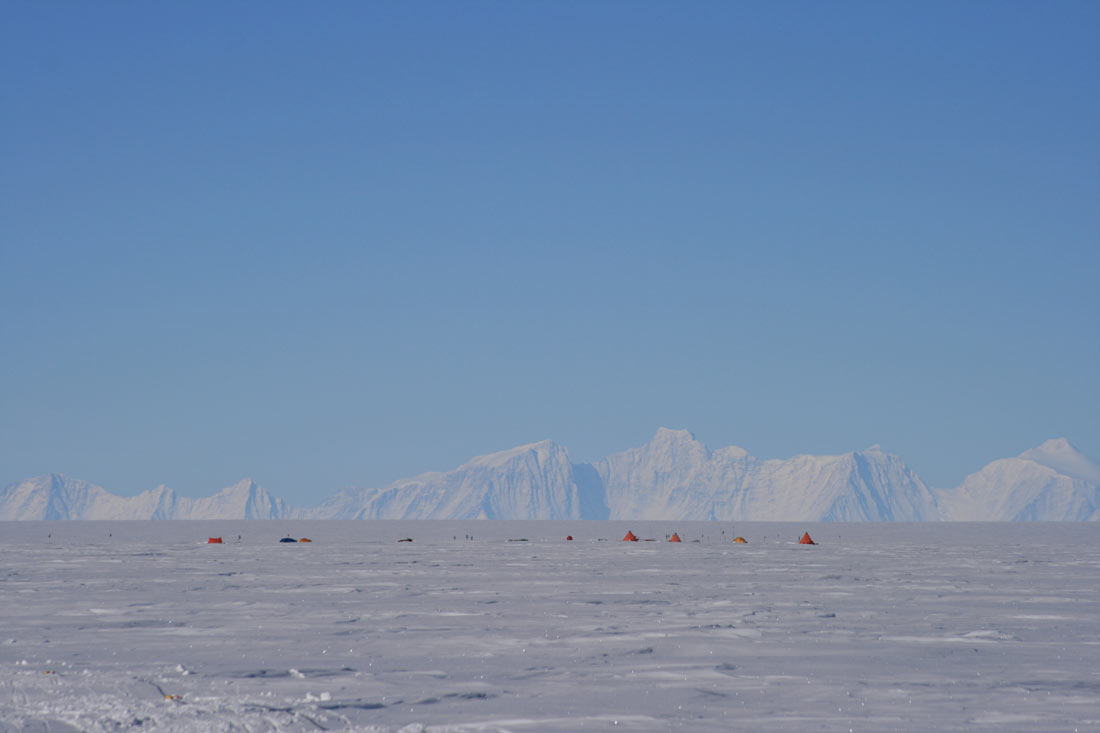
Antarctica is home to about 60% of the planet's fresh water, and 90% of its freshwater ice.
Sign up for the Live Science daily newsletter now
Get the world’s most fascinating discoveries delivered straight to your inbox.
It's melting
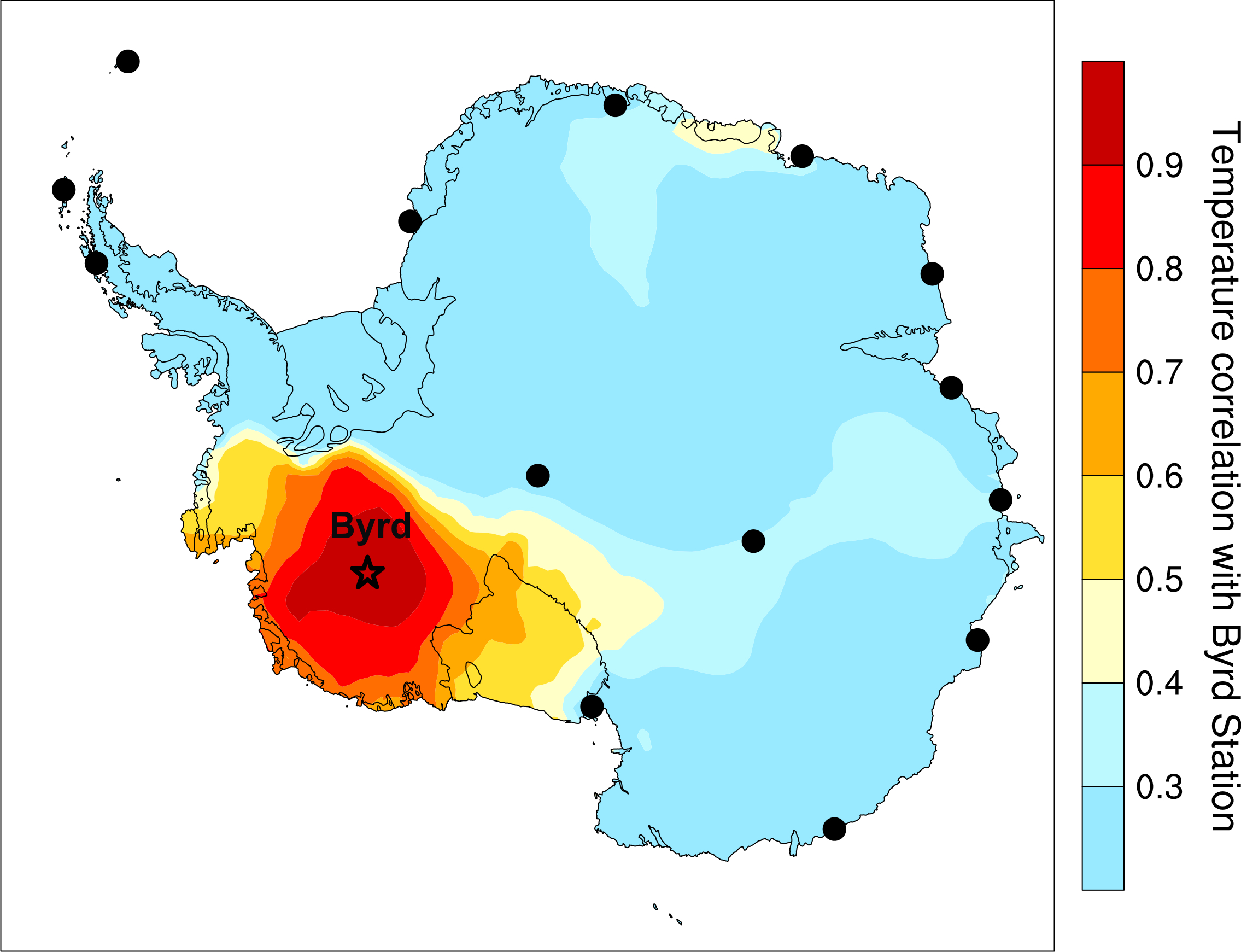
If the West Antarctic Ice Sheet melted entirely, it would raise global average sea levels by 16 feet (5 meters), according to some estimates.
The ice is thick

The average thickness of Antarctic ice is about 1.3 miles (2.1 kilometers).
It's bigger than the U.S.
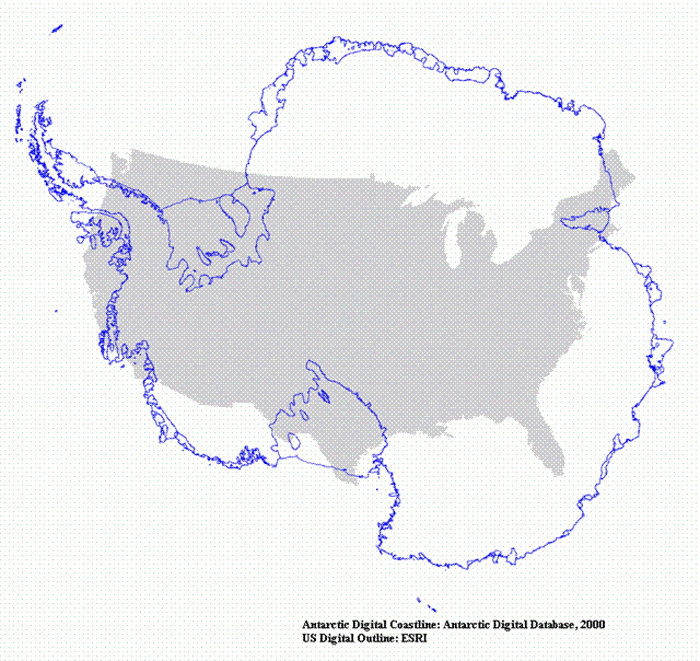
Including its islands and attached floating plains of ice, Antarctica has an area of about 5.4 million square miles (14 million square kilometers), about one-and-a-half times the size of the United States.
The Ross Ice Shelf is the largest
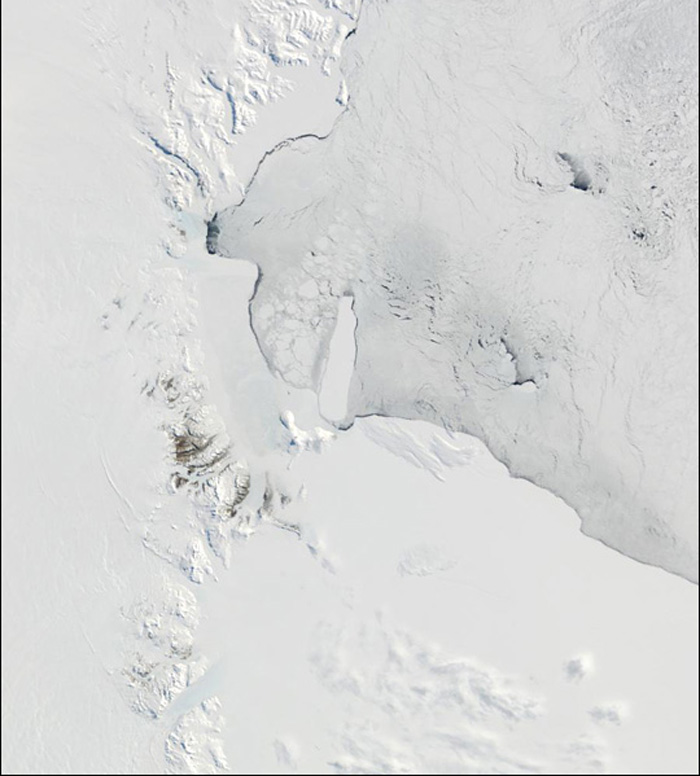
The largest of Antarctica's ice shelves (floating tongues of ice) is the Ross Ice Shelf, which measures some 182,000 square miles (472,000 square kilometers) square kilometers).
There are buried mountains
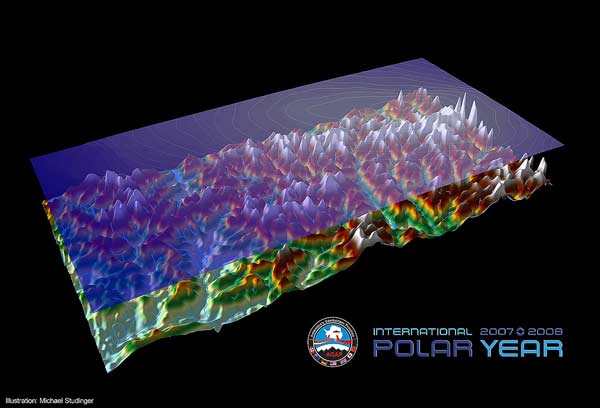
Antarctica's Gamburtsev Mountains are a range of steep peaks that rise to nearly 9,000 feet (3,000 meters) and stretch 750 miles (1,200 kilometers) across the interior of the continent — and are completely buried under up to 15,750 feet (4,800 m) ice.
A lake is hidden under ice
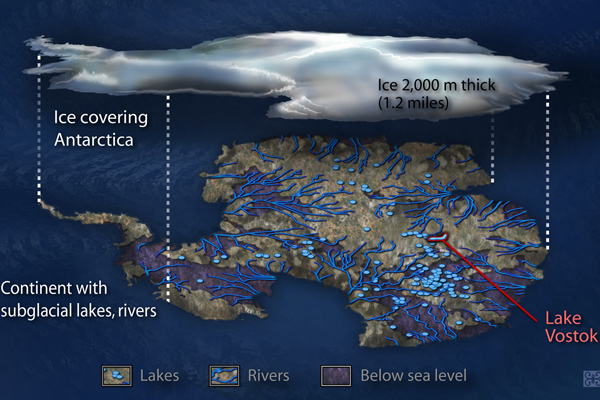
Also hiding under the Antarctic ice is an entire lake: Lake Vostok is a pristine freshwater lake buried beneath 2.5 miles (3.7 kilometers) of solid ice. It is about the size of Lake Ontario, and is the largest of the more than 200 liquid lakes strewn around the continent under the ice.
A rift could rival the Grand Canyon
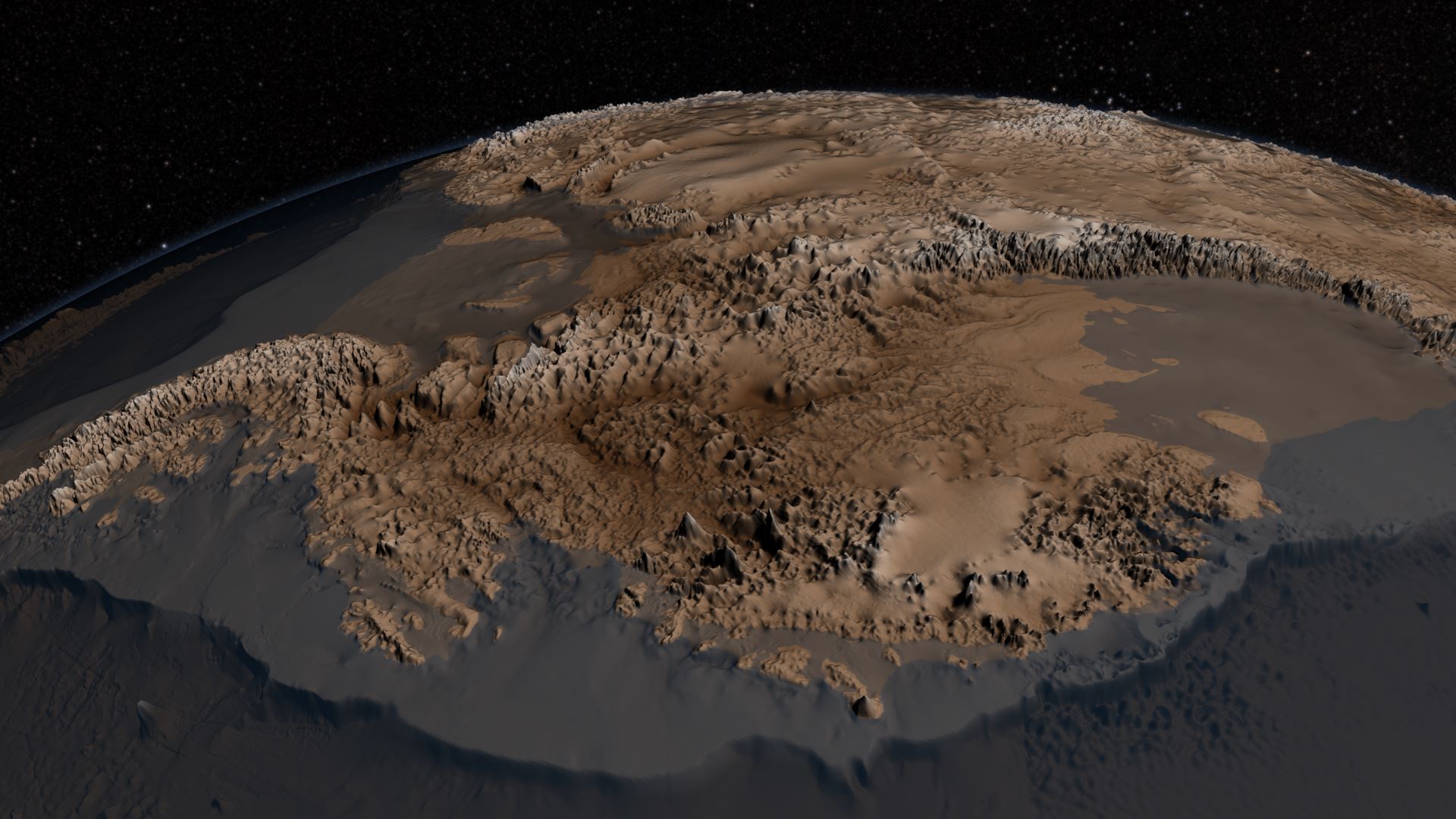
A rift that could rival the Grand Canyon was discovered beneath the Antarctic ice during an expedition conducted during 2009-2010. It is roughly 6 miles (10 km) across and at least 62 miles (100 km) long, possibly far longer if it extends into the sea. It extends nearly a mile down (1.5 km) at its deepest.
There's a great divide
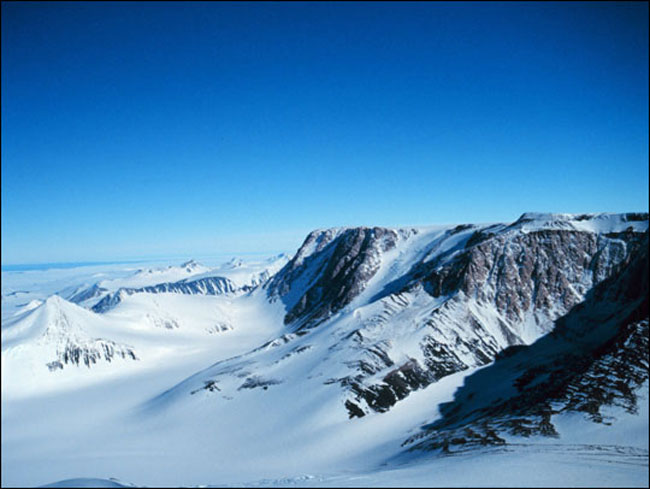
The Transantarctic Mountains divide the continent into East and West sections. At 2,000 miles (3,200 km) long, the Transantarctic range is one of the longest mountain ranges on Earth.
Vinson Massif is Antarctica's highest point
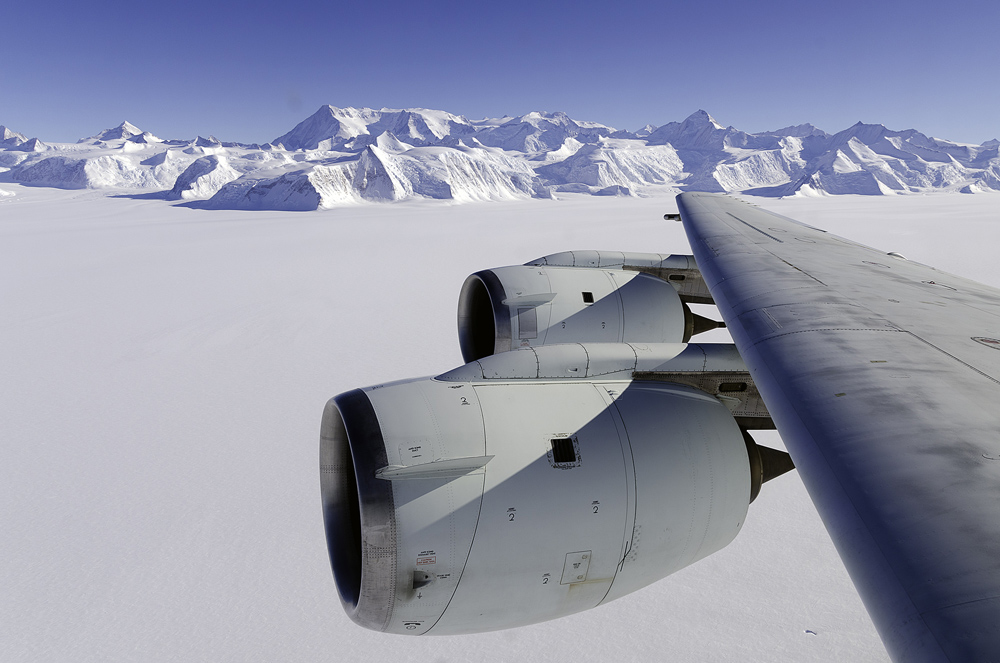
The highest point on Antarctica is the Vinson Massif at 16,050 feet (4,892 m).
It has an active volcano
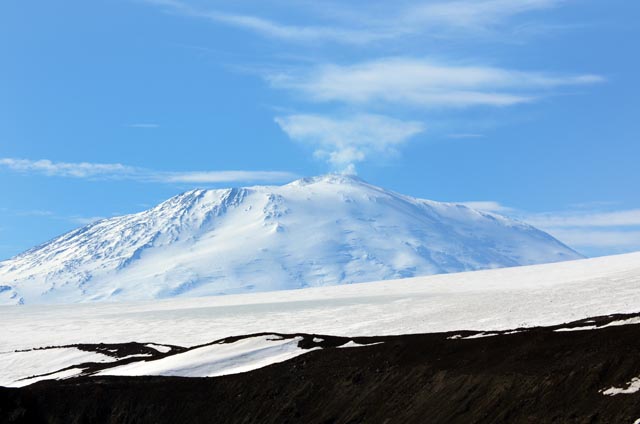
Antarctica is home to Mount Erebus, the southernmost active volcano on the planet and home to some of Earth's only long-lived lava lakes.
It was discovered by accident
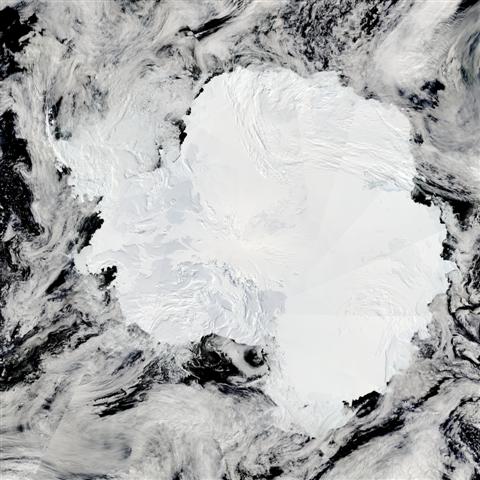
The existence of Antarctica was unknown to Westerners until the continent was first spotted in 1820. (It wasn't until 20 years later that it was confirmed to be a continent and not just a group of islands.) However, recent research suggests Pacific Islanders may have "found" the southernmost continent 1,100 years before that.
Roald Amundsen was first to the South Pole
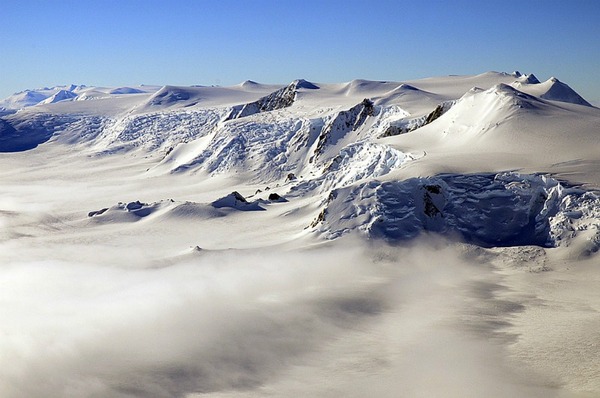
Norwegian explorer Roald Amundsen was the first human to reach the South Pole. He beat out English explorer Robert Falcon Scott by arriving on Dec. 14, 1911, and planting the Norwegian flag.
The continent is dedicated to peaceful research
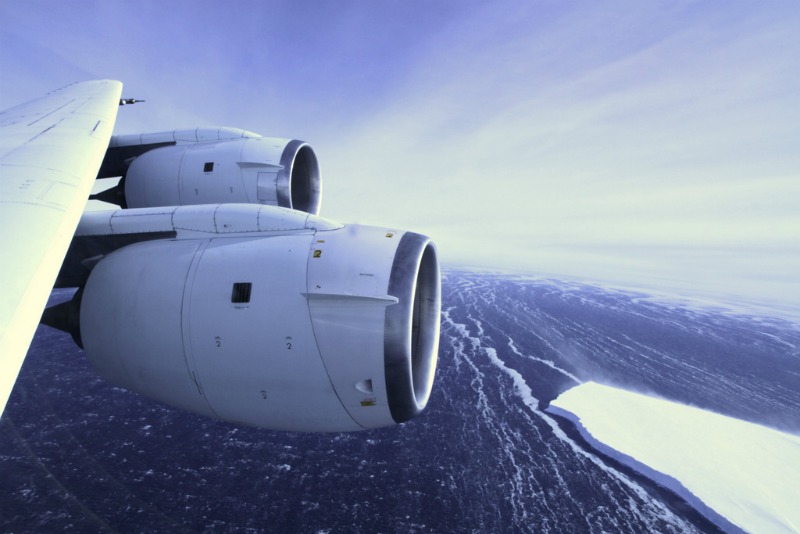
The Antarctic Treaty was signed on Dec. 1, 1959, after more than a year of secret negotiations by 12 countries. It dedicates the continent to peaceful research activities. Forty-eight nations have now signed the treaty.
There's research galore
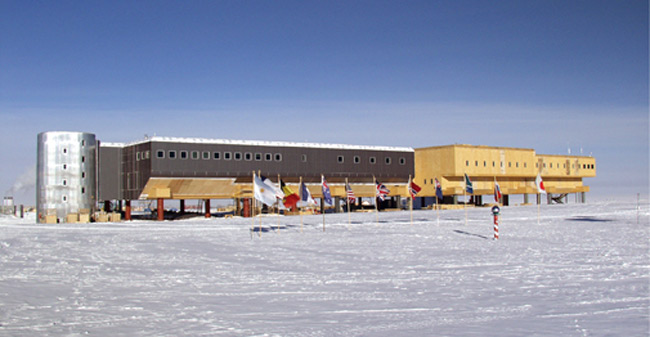
Nearly 30 countries operate more than 80 research stations around the continent, according to 2009 numbers from the Council of Managers of National Antarctic Programs.
It's occupied year-round
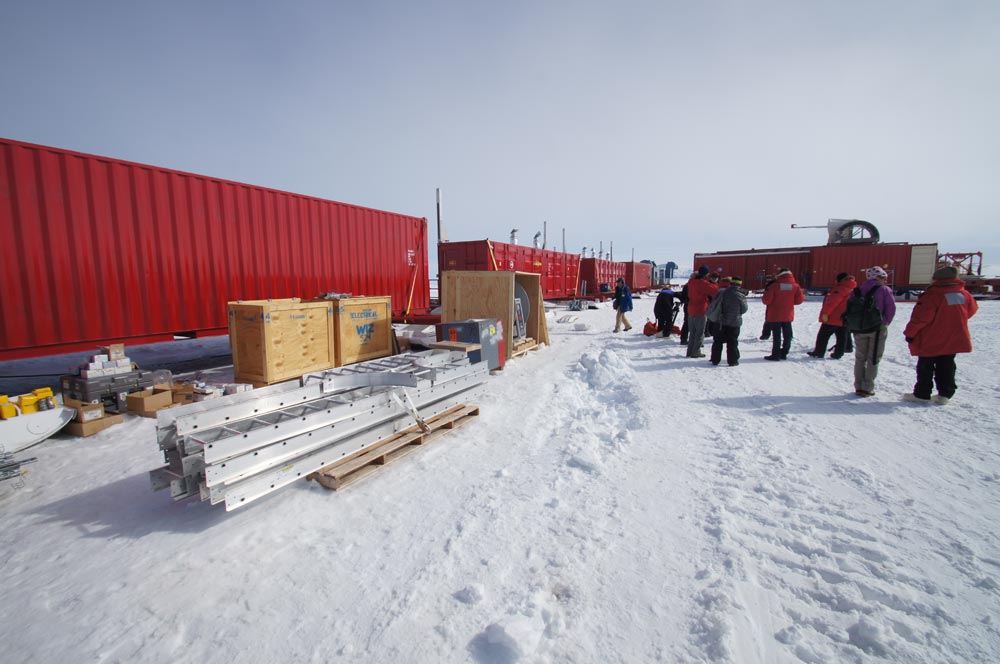
There is a year-round presence of researchers on Antarctica, peaking at more than 5,000 in the prime summer research season and falling to around 1,000 in the winter season.
It's uninhabited
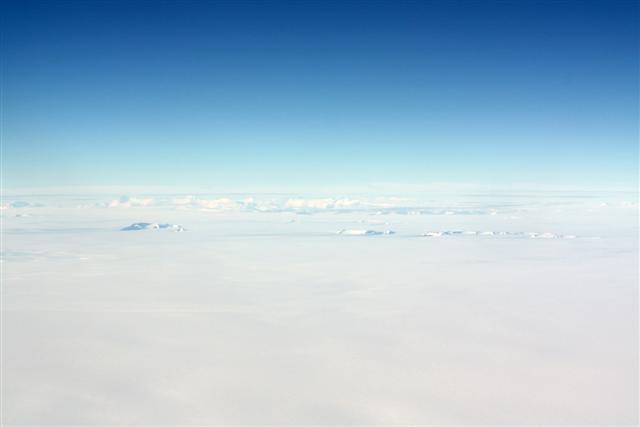
There are no indigenous populations of people on Antarctica.
Children are born in Antarctica
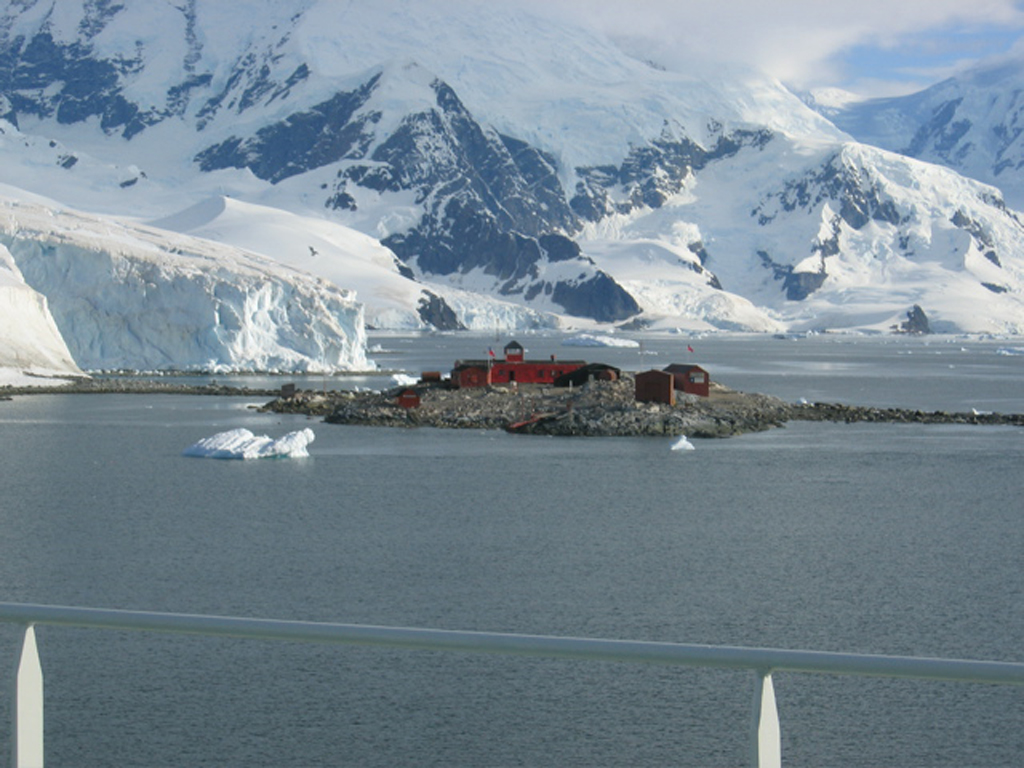
In January 1979, Emile Marco Palma became the first child born on the southernmost continent. Argentina sent Palma's pregnant mother to Antarctica in an effort to claim a portion of the continent. More have been born since.
Felicity Aston skied across Antarctica
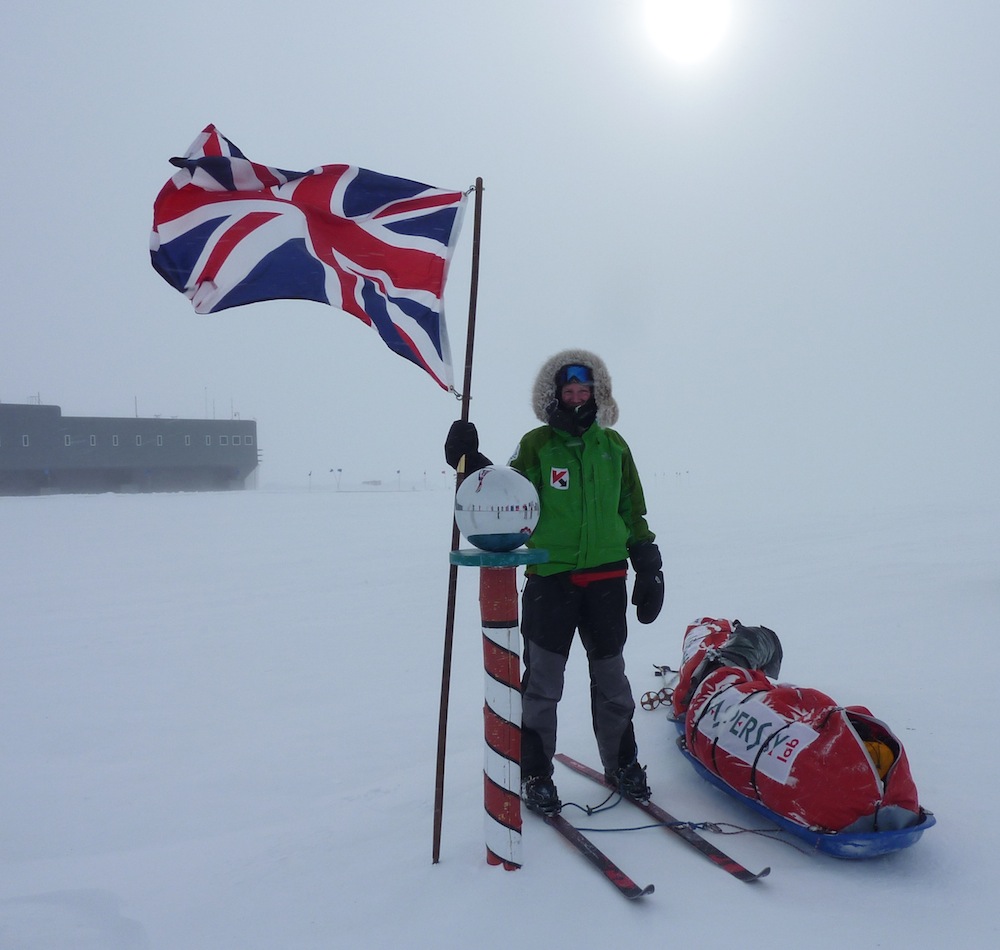
British explorer and meteorologist Felicity Aston was the first person ever to ski across Antarctica powered only by human muscle. She traveled 1,084 miles (1,744 km) in 59 days between late 2011 and early 2012.
It's a tourist site
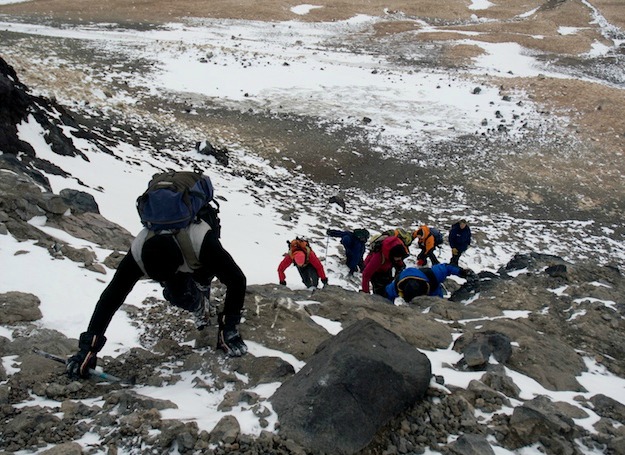
In 2011, nearly 20,000 tourists visited the Antarctic Peninsula, according to the International Association of Antarctica Tour Operators.
Antarctica has some dark nights
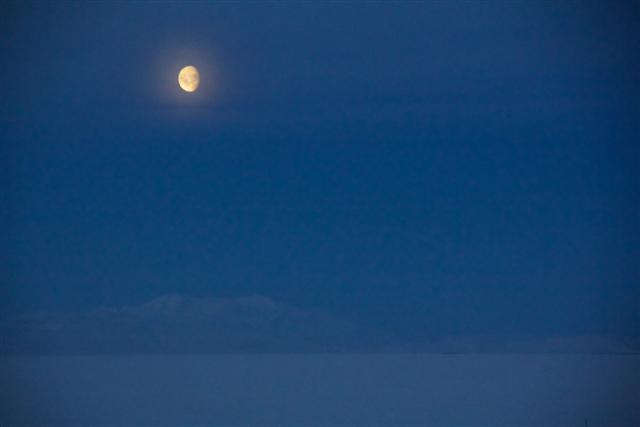
Like the Arctic to the north, most of Antarctica is completely dark during the region's winter months. Because of the Earth's tilt, during the austral winter, the sun disappears below the horizon for the duration of winter, from the autumnal to the vernal equinox.
In summer months, it's a haven of sunlight
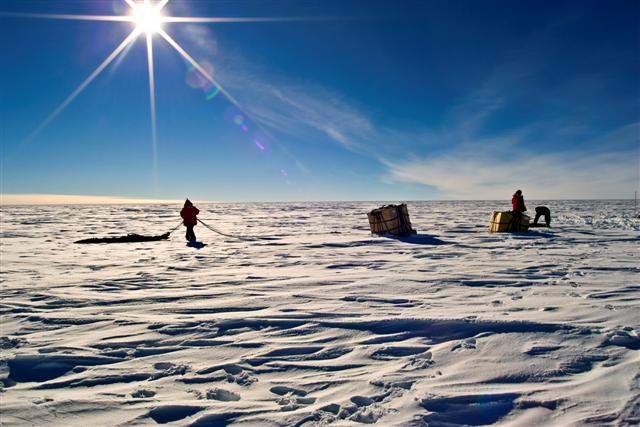
During the summer months, when the sun is constantly above the horizon, more sunlight reaches the surface at the South Pole than over a similar period of time at the equator, according to the CIA World Factbook.
Antarctica has a unique location
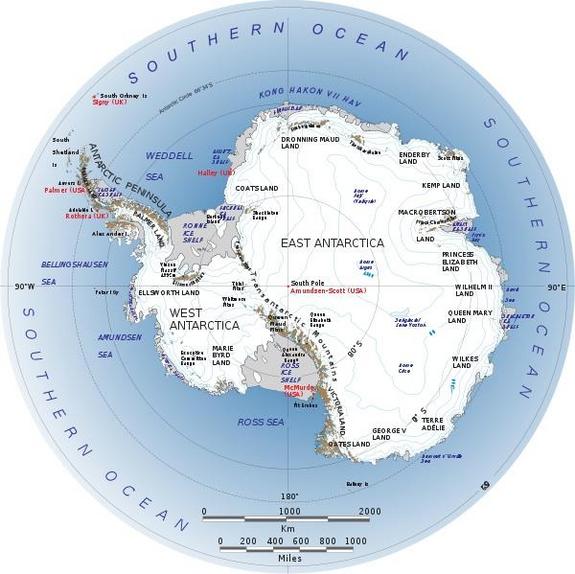
Antarctica lies almost entirely within the Antarctic Circle, which is at about 66 degrees south latitude.
The nematode worm is Antarctica's most abundant land animal

The most abundant land animal on Antarctica is not the penguin, but the tiny nematode worm.
Penguins populate the continent
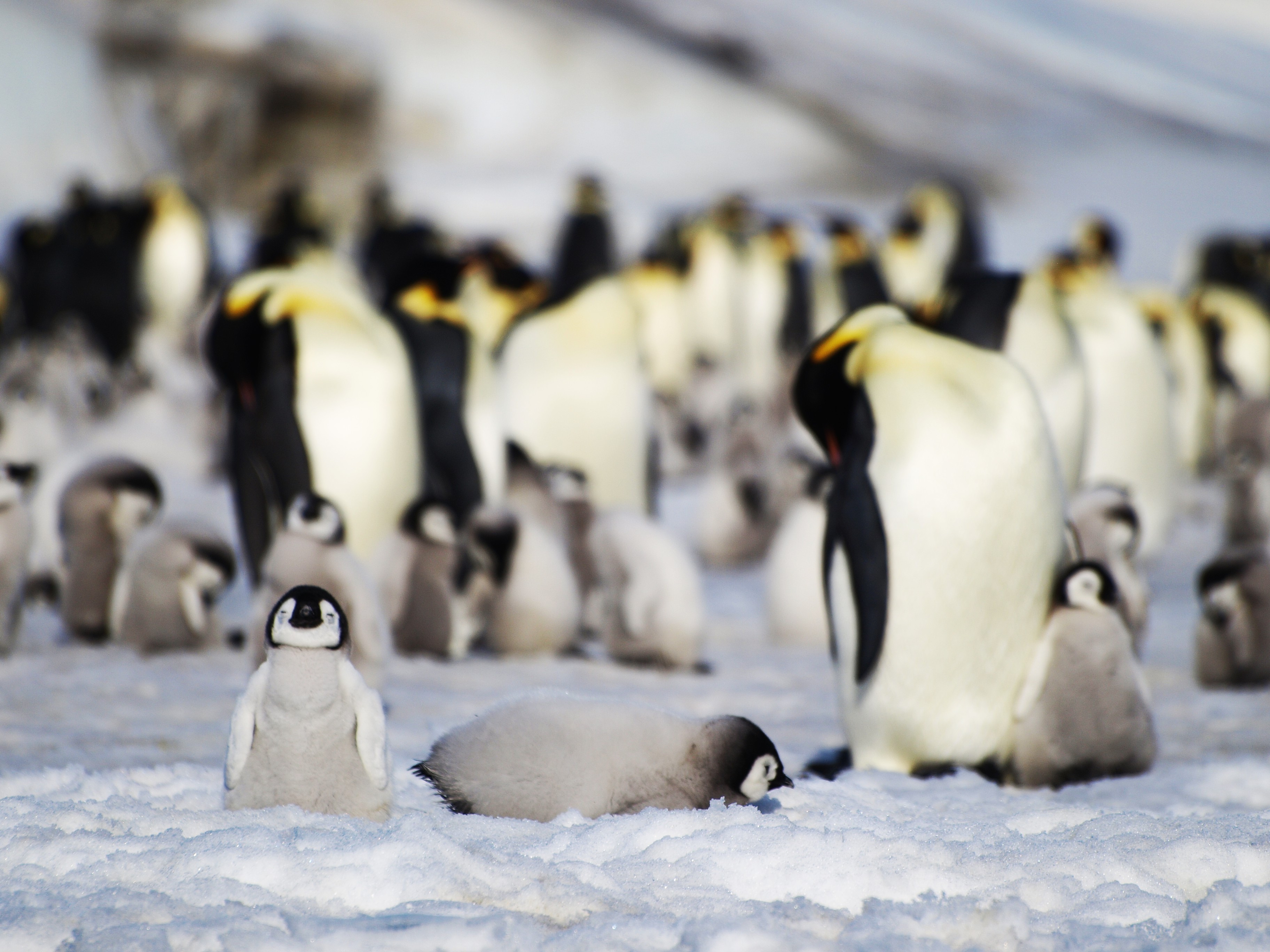
Penguins are the most common bird in Antarctica and live in colonies with populations that would rival some cities, according to the British Antarctic Survey.
Male penguins stays on Antarctica through winter
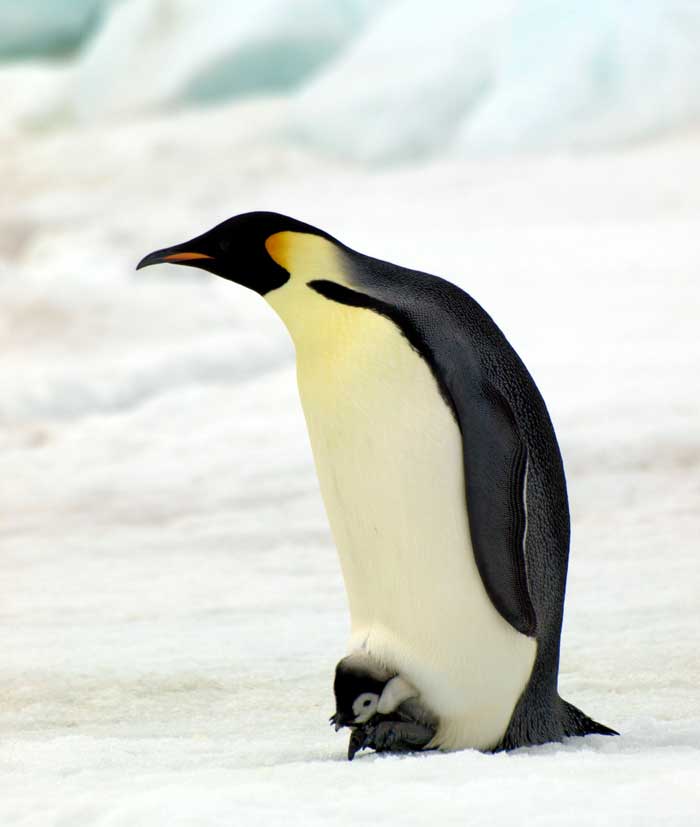
The male Emperor penguin is the only warm-blooded animal that remains on the Antarctic continent through the winter. It stays to nest on the single egg laid by its mate (the female spends nine weeks at sea and returns in time for the egg to hatch).
There's a lack of diversity
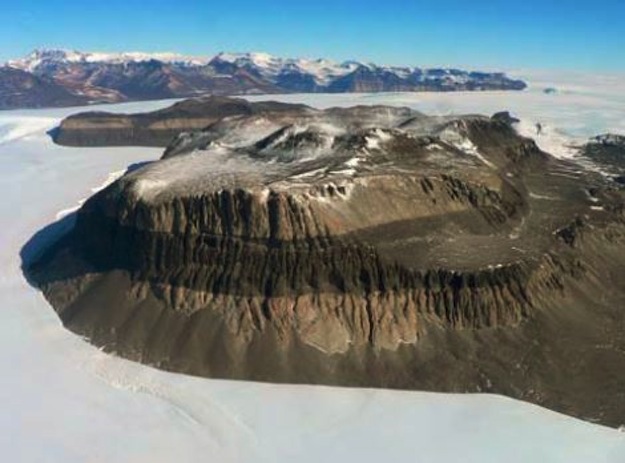
The soils of most of the extreme-cold deserts of Antarctica are the least diverse habitats on Earth in terms of fauna, according to the British Antarctic Survey.
It's a barren land
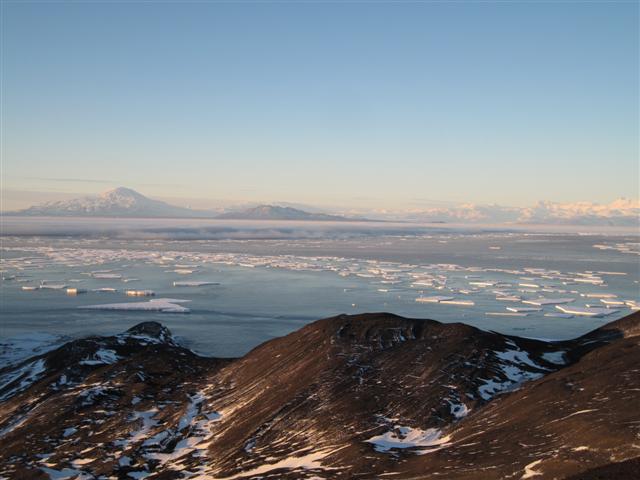
There are no trees or shrubs on Antarctica, and only two species of flowering plants (found on some of Antarctica's surrounding islands and on the Antarctic Peninsula), according to the British Antarctic Survey.
There's a locals-only policy
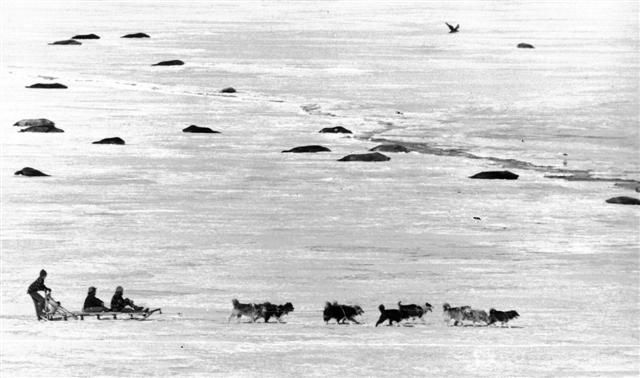
As of 1994, no non-native species are allowed to be taken to Antarctica.
It is experiencing unprecedented warming
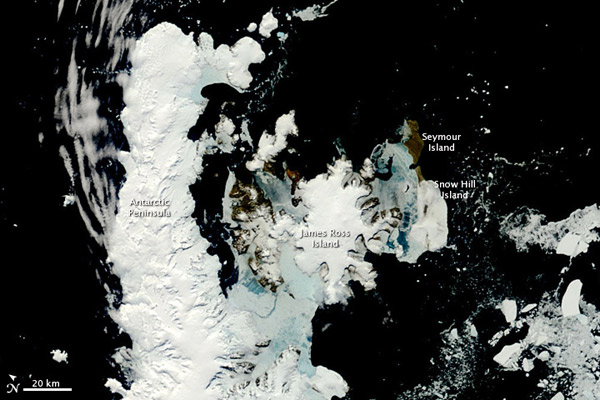
The Antarctic Peninsula, which juts out into warmer waters north of Antarctica, has warmed 5 F (3 C) since 1950, according to the U.S. National Snow and Ice Data Center. That's several fold higher than the rate of warming measured for the rest of the world, according to NASA.
Its glaciers are in retreat
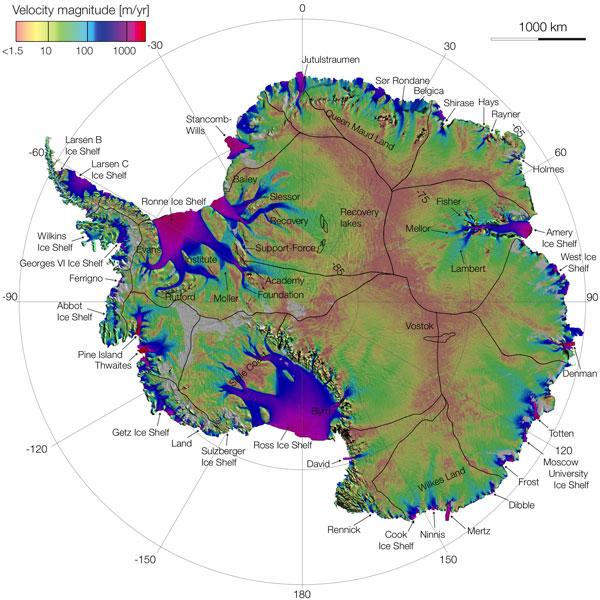
Around 87% of the Antarctic Peninsula's glaciers are in retreat, marine biologist David McClintock told NPR in 2019.
Icebergs are breaking away
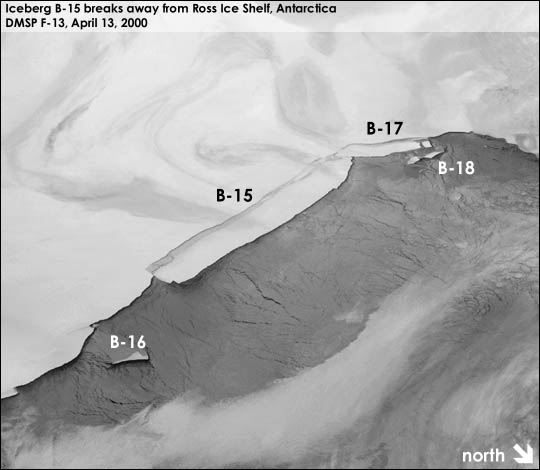
In March 2000, the largest iceberg ever measured broke away from the Ross Ice Shelf. The iceberg, dubbed B-15, was 170 miles (270 km) long and 25 miles (40 km) wide — nearly the size of Connecticut.
The Pine Island Glacier is speeding up
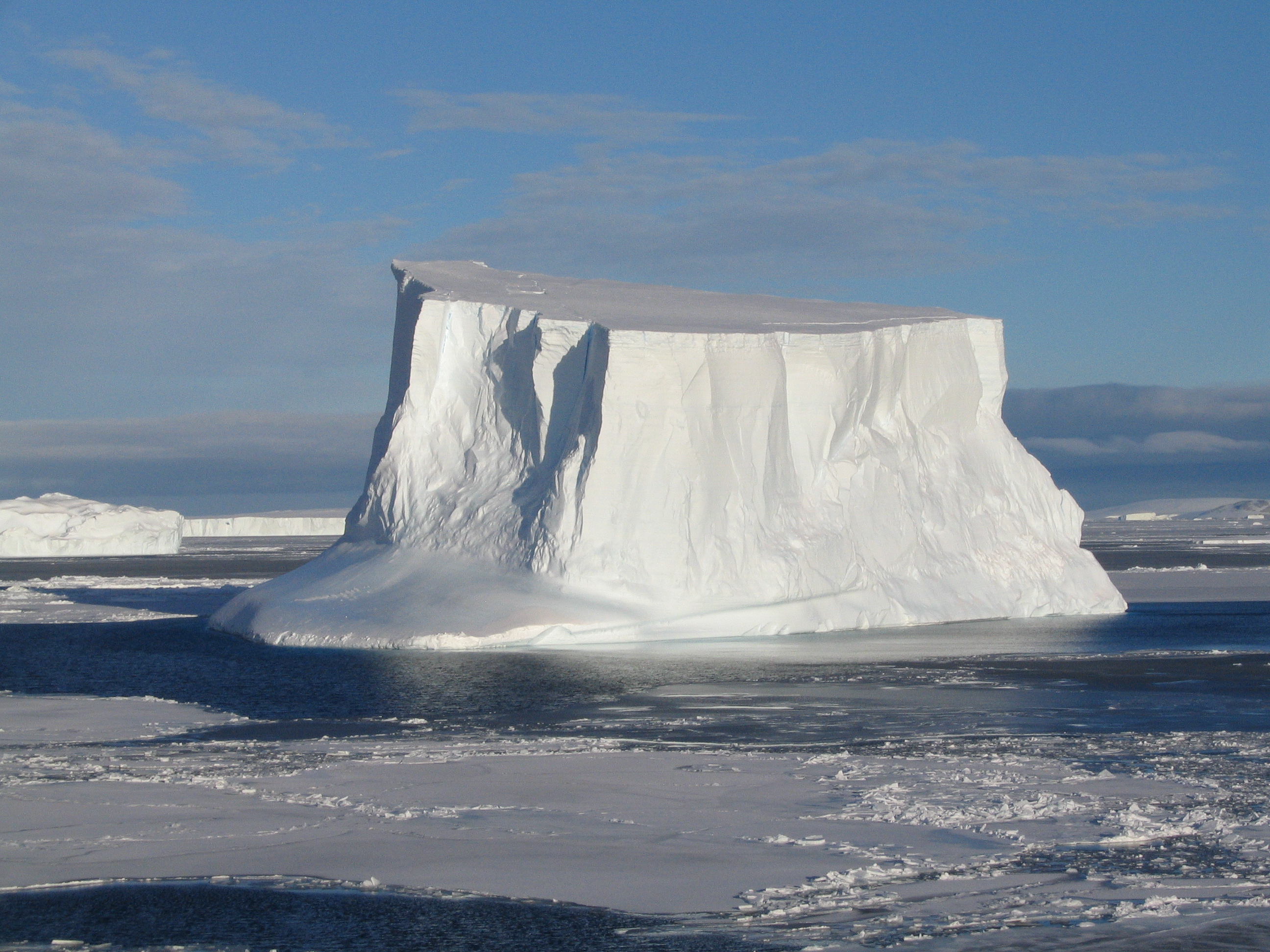
The flow of West Antarctica's Pine Island Glacier has been speeding up over the last few decades, and it contributes 25% of Antarctica's ice loss.
There are huge sand dunes
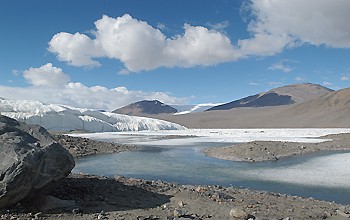
Antarctica's largest sand dune is 230 feet (70 m) high and more than 650 feet (200 m) wide, and is located in one of the McMurdo Dry Valleys.
It's windy, windy, windy
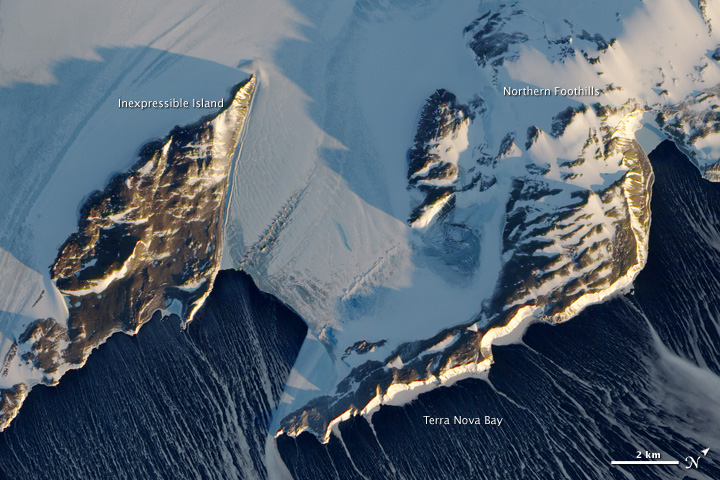
So-called katabatic winds blow off Antarctica's high interior toward the ocean and can reach speeds that qualify as hurricane-strength — up to 200 mph (320 km/h).
There's a well-known current
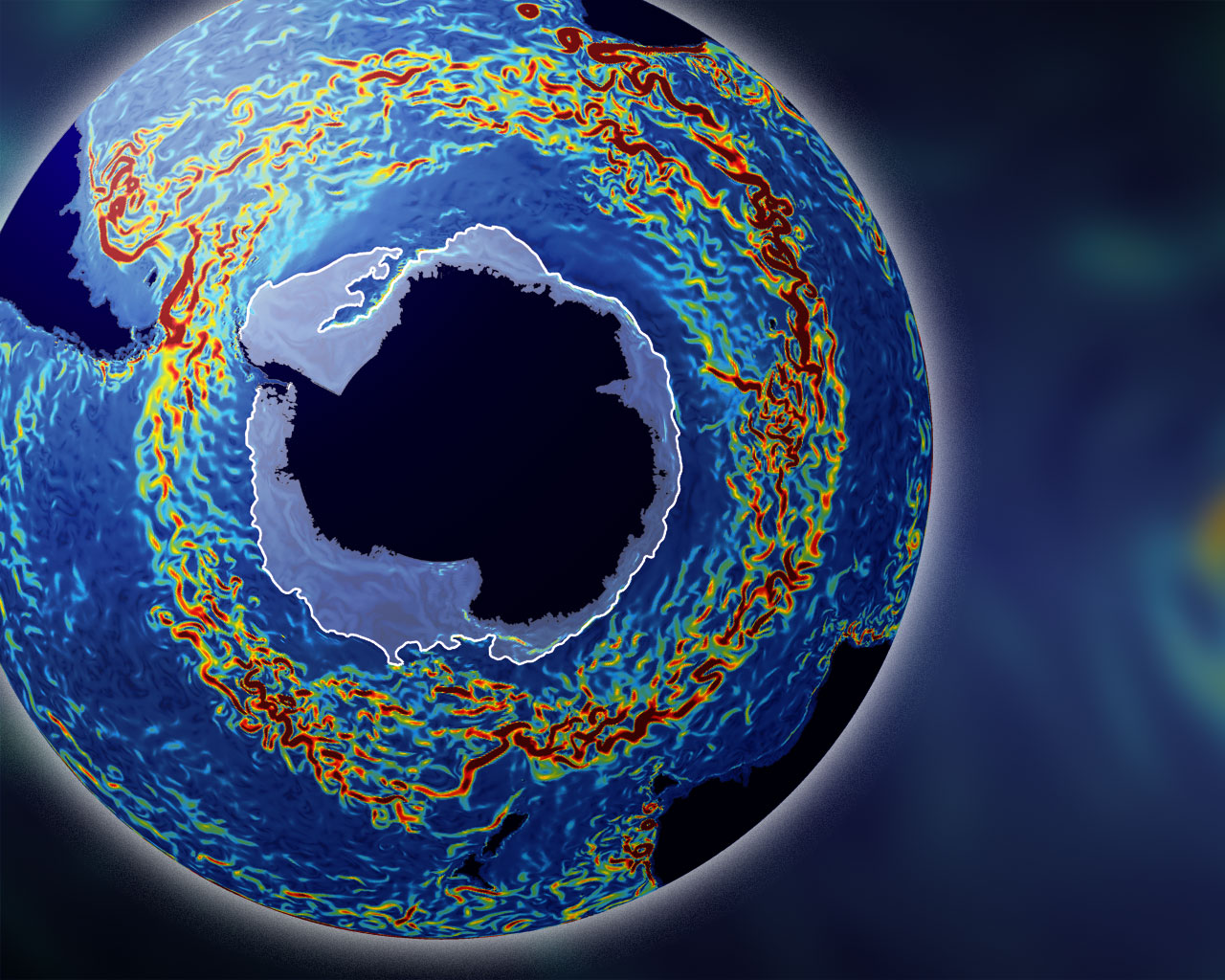
The world's largest wind-driven current, the Circumpolar Current, circles clockwise around Antarctica, from west to east, and is instrumental in moving heat, salt, nutrients and marine life among the world's main ocean basins.
It's home to the South Pole
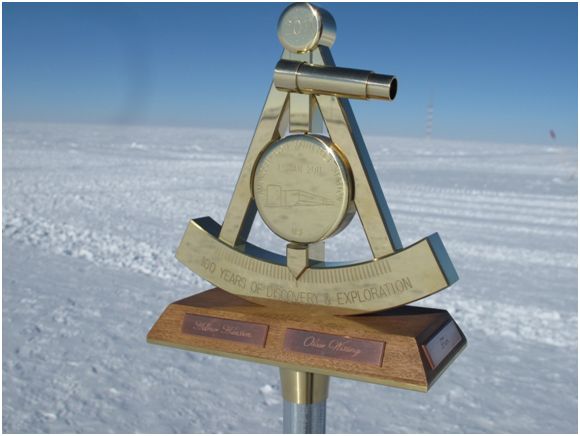
Antarctica is, of course, home to the geographic South Pole, the spot where the Earth's (imaginary) rotation axis would intersect the surface — at least, it is usually. There is some wobble in Earth's orbit, so the location is not always a precise one.
Antarctica is super cold
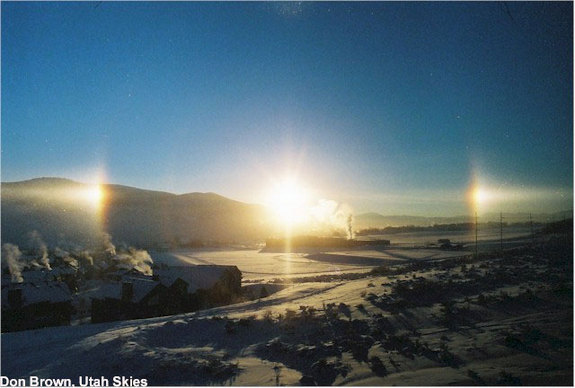
The air in Antarctica is so cold that water vapor can condense out of the air and form tiny ice crystals that then fall to the ground. On a sunny day, the sun's rays glint off the crystals, creating a phenomenon called diamond dust, according to the British Antarctic Survey.
There are some cool formations
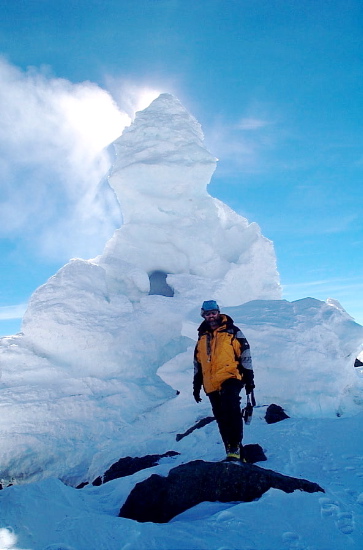
Giant, hollow towers of ice form on Mount Erebus when fumarole cracks on the volcano that vent hot gas spew steam into the open air. The steam freezes in place in the frigid air, forming towers up to 30 feet (10 m) tall.
Antarctica's lake is salty
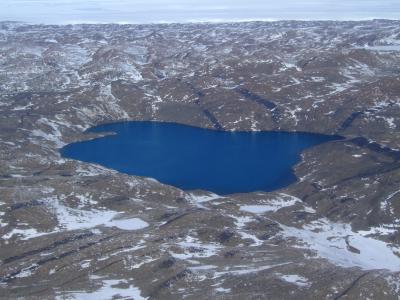
Deep Lake in Antarctica is so salty that it stays liquid at temperatures down to minus 4 F (minus 20 C).
There's a hole in the ozone
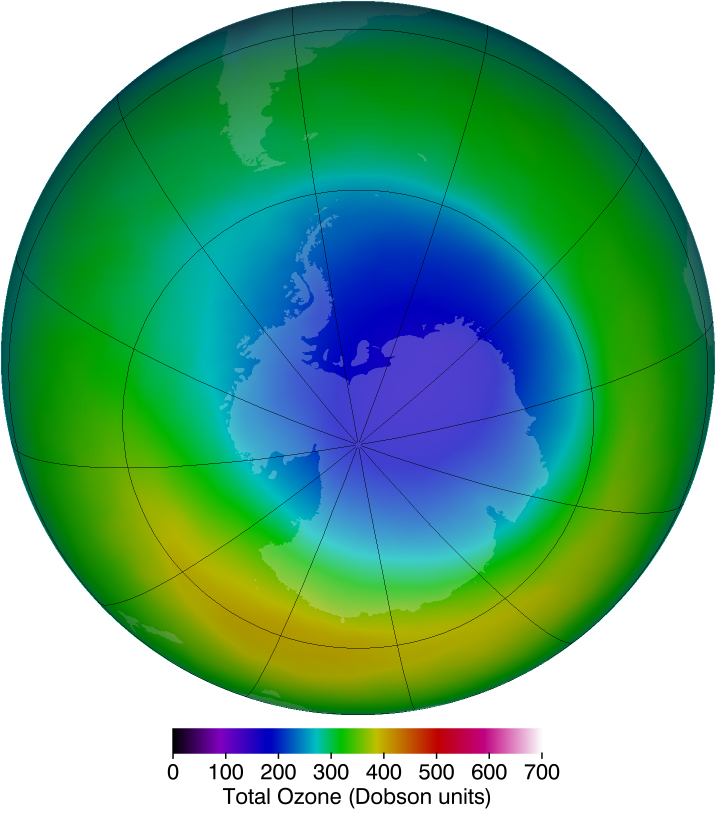
Scientists with the British Antarctic Survey first noticed a significant depletion of the ozone in the layer of the atmosphere called the lower stratosphere above Antarctic in the 1970s.
It has cloudy skies
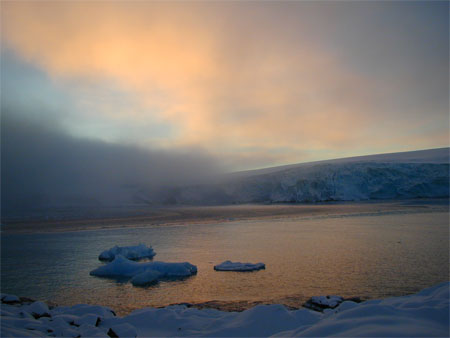
Areas along Antarctica's coasts are among the cloudiest places in the world, according to the British Antarctic Survey. This "hole" in the ozone layer grows and shrinks with the seasons and is largely caused by chemicals called chlorofluorocarbons, once widely used in air conditioners, aerosol sprays and refrigerators.
It's a meteorite hunters' paradise
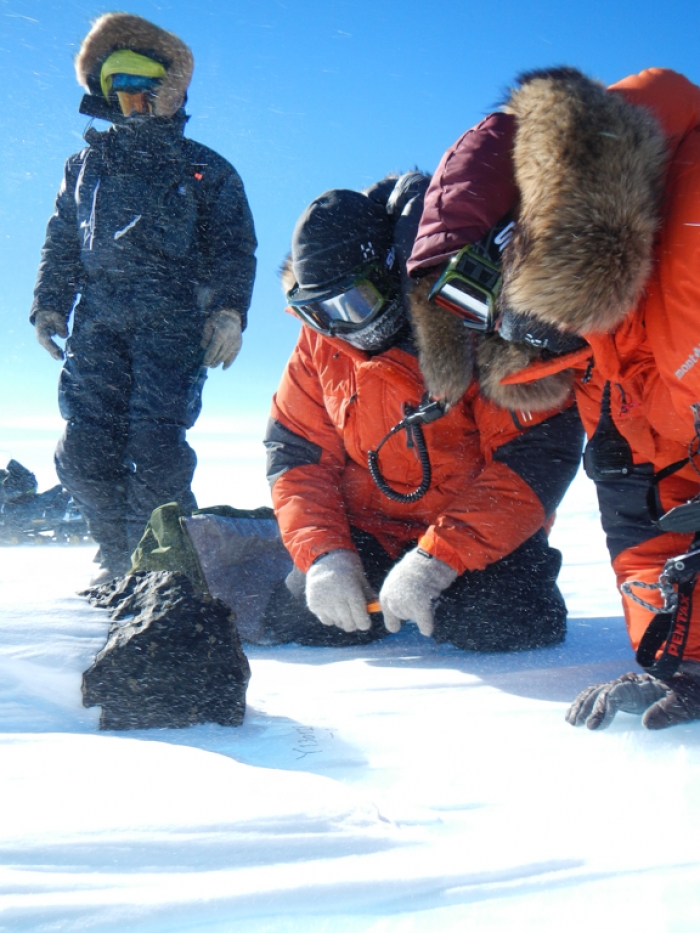
Antarctica is considered the premier hunting ground for meteorites on Earth, in part because the dark rocks stand out against the white ice, but also because the meteorites are largely undisturbed by natural processes.
It set a record for coldest temperature
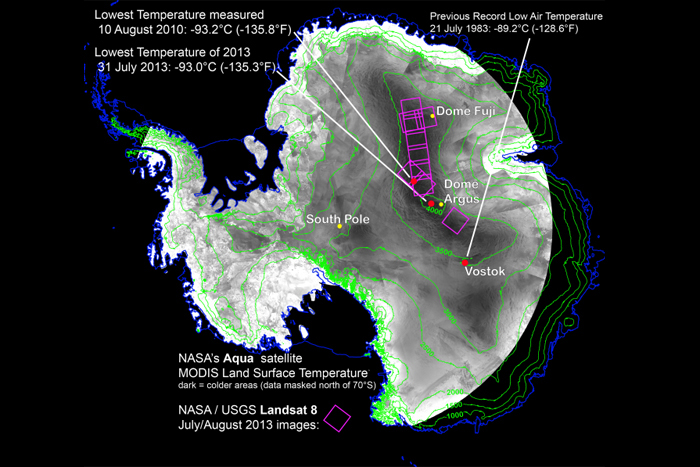
While the coldest temperature ever measured by thermometer on Earth's surface was made at Vostok Station (see slide 1), the coldest ever recorded was nearly minus 136 F (minus 93.2 C), measured in pockets scattered near a high ice ridge between Dome Argus and Dome Fuji, two summits on the East Antarctic Plateau. The satellite measurement, made on Aug. 10, 2010, was announced in December 2013, and, if confirmed on the ground, could beat out the Vostok record. The World Meteorological Organization only recognizes temperature measurements made a few meters above the ground as eligible for records.

Andrea Thompson is an associate editor at Scientific American, where she covers sustainability, energy and the environment. Prior to that, she was a senior writer covering climate science at Climate Central and a reporter and editor at Live Science, where she primarily covered Earth science and the environment. She holds a graduate degree in science health and environmental reporting from New York University, as well as a bachelor of science and and masters of science in atmospheric chemistry from the Georgia Institute of Technology.









